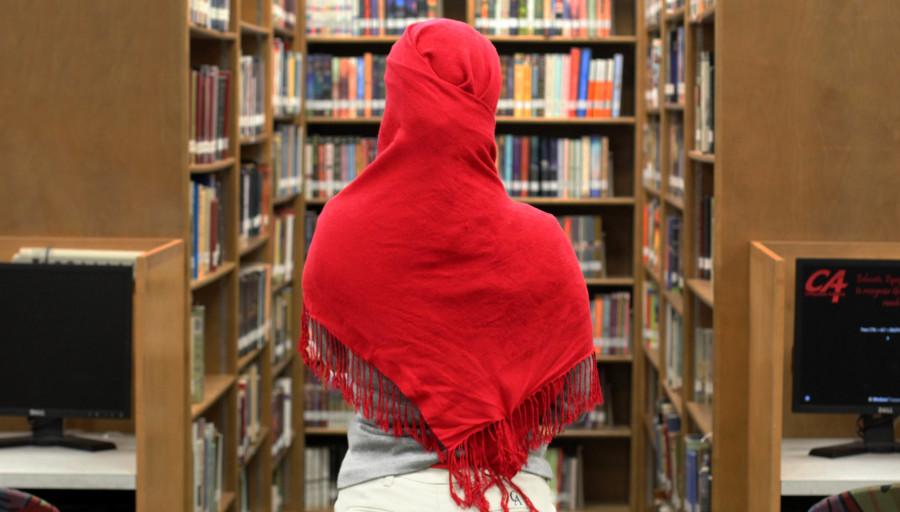Prejudice: What Do We Do?
Recently, I watched a What Would You Do? episode that involved two actors: One man played a muslim store clerk, and the other, a Caucasian man, played a racist customer. The customer wore a “God bless America” t-shirt with an American flag on it, and his task was to taunt the clerk and stir reactions from the other customers. The clerk played the part of a new Muslim employee at a deli in Kingsport, New York, a town in which a mosque was desecrated in 2010 by people who finished their act by spray painting a racist slur on the ruins.
In this scene, the bigot would speak ignorantly about the man’s faith, turning to other customers (who were not actors) and making comments such us, “Can you believe this guy?” and “I don’t want a terrorist touching my food.”
Gratefully, most of the other customers did not tolerate the ignorant remarks; rather, they criticized the rude shopper and defended the store clerk.
One of the customers who felt compelled to speak out against the intolerant actor was a member of the US Army. The actor made a remark against the clerk’s religious beliefs, to which the soldier replied, “He’s in America. He can practice any religion he wants.” The actor continued speaking foolishly, which incited the soldier to demand that the man leave the deli. The soldier said to him, “You have a choice to shop anywhere, just like he has a choice to practice his religion anywhere. That’s the reason I wear the uniform: so that everyone can live freely in this country.”
In contrast to the heroism of the soldier, the actor found another male customer who agreed with his views. The man based his distrust for Muslims on the premise that “it’s hard to see the difference between a Muslim and a terrorist.”
The use of the word “see,” caused me to recognize a theme in the racism. The bigoted actor also used the same premise, that the store clerk “looks like [a terrorist].” In fact, such language is common among those who use stereotypes to guide their behavior towards others.
Martin Luther King Jr., one of the world’s most influential civil rights activist, said in his “I Have a Dream” speech: “I have a dream that my four little children will one day live in a nation where they will not be judged by the color of their skin but by the content of their character.”
We have been paralyzed by the inability to form an opinion on a person, not based on what he or she appears to be but based on who he or she actually is. Each person is made up of the sum of his or her background, culture, and experiences. As a result, each individual has a unique world view. When we choose to allow negative stereotypes to dictate who we accept or disapprove of, we rob ourselves of opportunities to live richer lives through dialogue with those who have perspectives that we may never have. We lose the capability to get to know people as they really are.
Before you exclude yourself from this second person admonition, think of how frequently you and I have rejected people based on superficial premises. Is one person more worth your time than other because of his or her level of attractiveness and style? What about those “light-skin” versus “dark-skin” posts on Twitter? The idea that we can gather our final opinions on each other based on superficial knowledge is exhibited in our language and behavior; jokes caricature racial stereotypes, condensing huge groups of people into minute travesties; teenagers get left out throughout high schools all across America because they lack the “right” wardrobe.
Even without hard feelings on either side, this constant labeling and categorizing perpetuates the idea that our physical differences have some bearing on our characters. We must get past differences that are only skin-deep if we want to foster a community in which everyone has the opportunity to flower into their full potentials.


